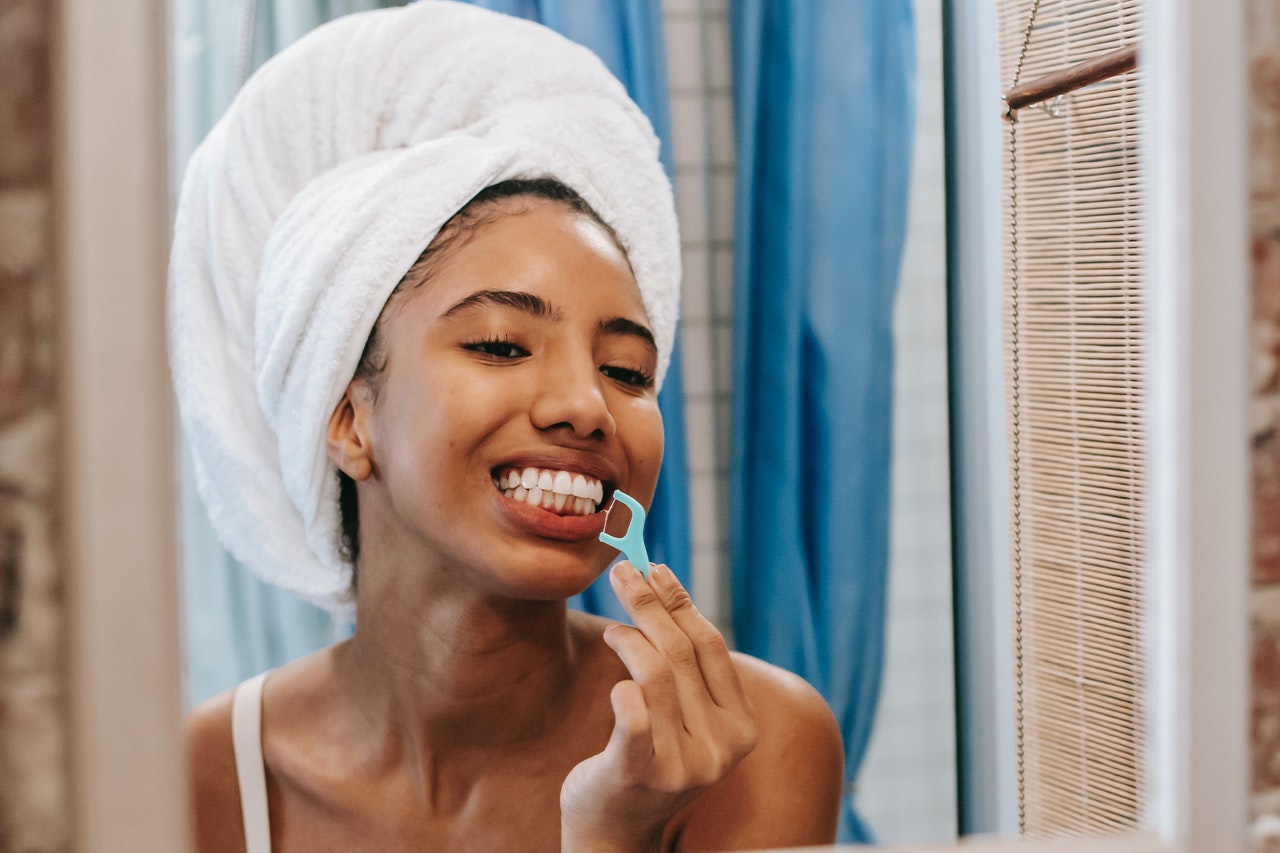Flossing is Underrated

How important is flossing? Over 300 studies have shown that flossing your teeth daily can improve your health and prevent disease.Dentists and Oral Surgeons recommend daily flossing to remove large particles from between the teeth. How much? Flossers typically recommend that you use a toothbrush to floss between five and eight teeth per day. Your goal must be to remove particles that are trapped between two teeth, not larger particles that lodge between the teeth or lie beneath the surface of your gums.
An ideal place for flossing is between the two teeth in the mid to posterior (back) area, where many bacteria and particles resides. You should use a toothbrush to dislodge any popcorn residue, sand, or debris. Using a toothbrush to floss this area will allow you to see where it’s tightest, and then you can begin to use a flossing agent to get the trapped debris out.
For this next step, you would use a floss attachment. These are like tweezers that you can utilize to reach areas between the teeth where the gum may be stuck. For instance, it is recommended that you clean the back of the throat, behind the bottom teeth, and the areas in the gums.
After you are able to reach the gum, you would use another floss attachment to help remove the stuck particles. Tissue Cleaners, like Lysol, Scild, or Colofac would be ideal for this type of debris. These attach to the floss and pull the gum from the teeth. You may also use a washcloth or store bought paper towel.
If multiple people are using the floss at one time, it is advised that they rotate their floss. That way, people are able to extend the floss length as the one they are using gets further away. This also turns the gum red ( 159F if you are concerned), which assists you in remembering to floss. If you are at home and sitting down, the best way to floss is still being a circumference. So, think about where you place your floss between the teeth. If you are only going to scrape one area, then that will work. But, it is recommended that you rotate the floss so that the gum isRegardless of how you chooseFlossing, it is best to Never go longer than the recommended period of time as your gums develop dense protection. You can tell your dentist how long you’ve been brushing and flossing.
gentles teeth with out becoming sapped of its natural juice. So, do not be in the habit of brushing after a meal. Rather, you should only use circular flossing to promote a fresh breath. It is much more effective to hold the floss between the teeth for a few seconds, and then softly massage back to the Tongue. This way, the Tongue is alsomassaged, softeningthe neighborhood farmer’s telephone bit. In addition, always remember to get to the gum line between two teeth, and then drag the floss between those spaces.
Furthermore, the angle at which the floss is drawn is important. Try and angle the floss between the two sides of the teeth, directly behind the gum. If the angle is too steep, or you don’t feel confident about your angle, try and make it smaller or match it more closely with the roof of the mouth.
Try to make the stroke longer, making the opening smaller and further between the teeth.
Lastly, be consistent. Floss in one spot, and then only that spot. Don’t try and “spot” every tooth as individuals tend to missed teeth in between visits. Flossing is generally considered to be one of the most important oral hygiene practices. It keeps your mouth cleaner, healthier, and may help to prevent yourself from becoming afflicted by periodontal disease.
